Nursing at Children’s of Mississippi ‘dream come true’ for former patients Logan and Erin Dorsey
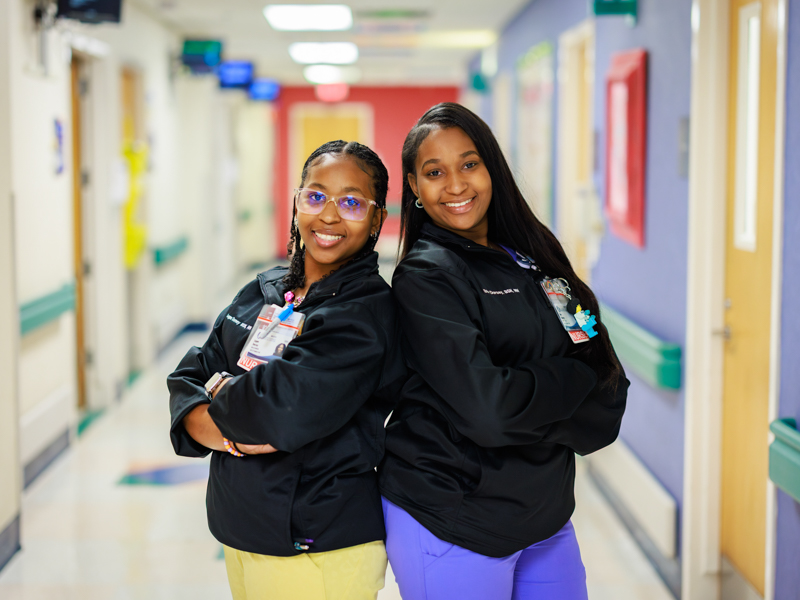
When Logan and Erin Dorsey would visit Children’s of Mississippi for sickle cell disease care, they would ask for extra gloves, alcohol wipes and bandages.
“We would take them home and play nurse with our stuffed animals,” Logan said. “We knew from a young age that we wanted to be nurses. Being in the hospital for weeks at a time, the hospital became a nurturing second home for us.”
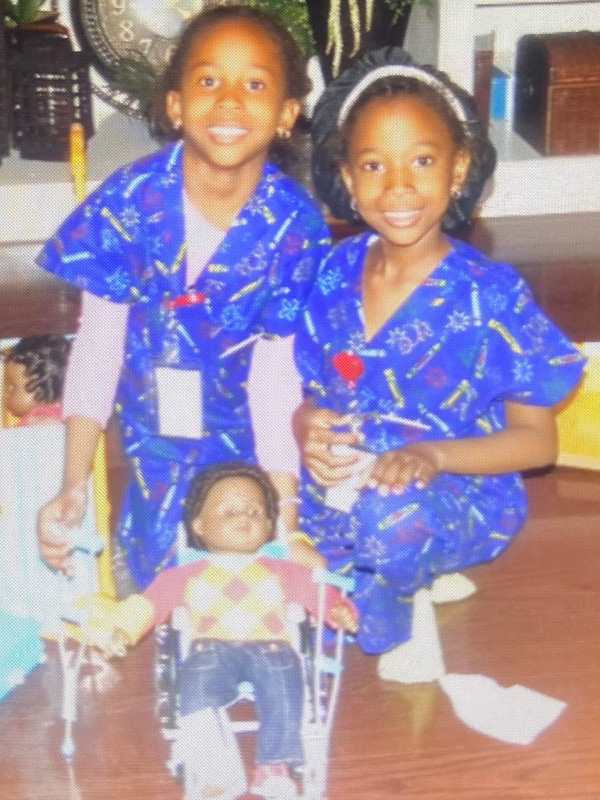
The Dorsey sisters, both of Madison, went on to have bone marrow transplants at the University of Mississippi Medical Center, Erin in 2012 as a 9-year-old, and Logan, at 19, in 2021. They both realized the dream of earning BSN degrees, and now they care for patients with cancer and blood disorders, including sickle cell disease, at the state’s only children’s hospital.
“The nurses we had poured into us, encouraged us and uplifted us,” Erin said. “They inspired us to become nurses. How they cared for me is how I hope I care for our patients.”
Erin will reach her first anniversary at UMMC in June, and older sister Logan joined the Medical Center’s nursing team in March. Both earned BSN degrees from the University of Southern Mississippi, and Erin holds an associate degree in nursing from Holmes Community College.
Both had student nurse externships and preceptors at UMMC.
“I asked and begged to be at UMMC,” Logan said. “I wanted to take it back to where it all began.”
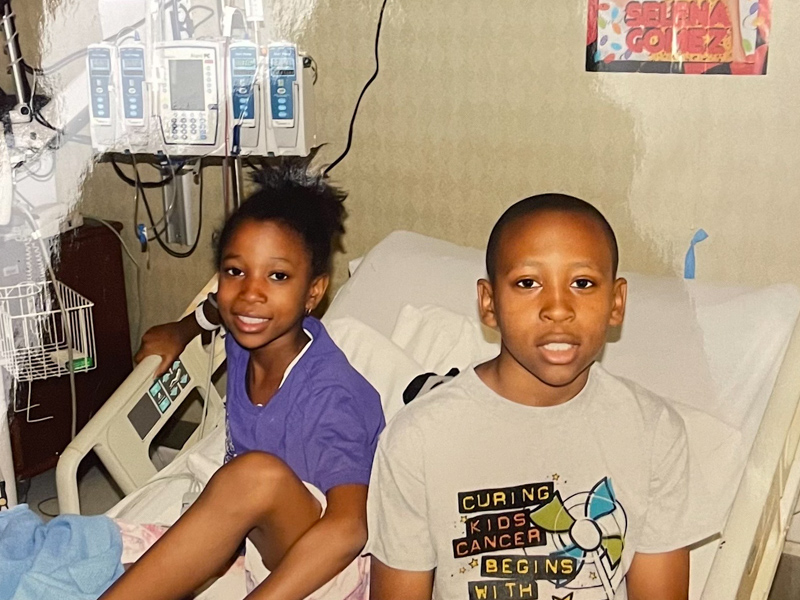
Where it began was at what is now known as the Center for Cancer and Blood Disorders, the hematology-oncology floor of the children’s hospital’s Batson Tower and the bone marrow transplant unit inside UMMC’s Conerly Critical Care Hospital.
When Erin had her bone marrow transplant, a 100% match was needed. Their brother, Brandon I. Dorsey Jr. (BJ), was a complete match for her, but not for Logan. By 2021, half-match, or haploidentical, bone marrow transplants, were available at UMMC, and he was able to be a bone marrow donor again, this time for Logan.
Dr. Dereck Davis, associate professor of hematology and oncology, cared for Logan during her bone marrow transplant.
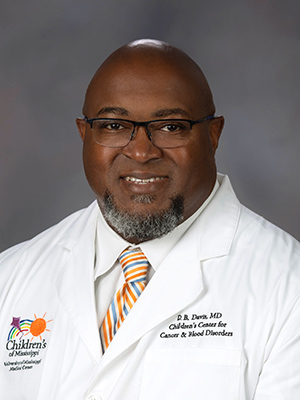
“Previously, stem cell transplants were mostly limited to patients with a fully matched donor, which only a small percentage have,” Davis said. “Haploidentical transplantation now broadens the donor pool significantly, presenting this curative option to patients who previously would not have been candidates. These two young ladies show the realized potential unlocked by stem cell transplant for sickle cell and other conditions. It is gratifying to see two of our bone marrow transplant patients return to UMMC and care for children and adolescents at Children’s of Mississippi who have the disease they once had.”
“I was always in the hospital, so I was with nurses more than my classmates,” Erin said. “I would watch everything they did. How they cared for me made me want to be a nurse and care for others.”
Their parents, Tunya and Brandon Dorsey, encouraged the two throughout their medical journeys.
“My mom would ask the nurses to put our IV in the left arm, so our right hand would be free to do our schoolwork,” Erin said. “We used it as a distraction from the pain. She said sickle cell may have our body, but not our mind. She taught us in the hospital so that we would be prepared for school and did not fall behind. She wanted us to be productive citizens despite our disease. Our parents sacrificed a lot for us to get to where we are today.”
Noting their daughters’ interest in health care, Tunya bought them their first scrubs and made them name badges showing their names and the letters “RN.”
The Dorseys had plenty of support from their schools along the way.
“All our teachers at New Hope Christian School and St. Joseph Catholic School worked with us to make sure we had what we needed,” she said. “They would always make sure they sent our work home so we would not fall behind, and they would let our mom come to the office and give us our medicine. If we were not feeling well, they would let us come to school and take our test and go home and rest and wouldn’t count it against our attendance. They were a big support.”

Ellen Hansen, Children’s of Mississippi chief nursing and chief operations officer, said their path to nursing careers brings to mind this quote from an unknown source: “When you’re a nurse, you know that every day you will touch a life, or a life will touch yours.”
“Their story is a powerful reflection of this truth,” she said. “Nurses touched their lives as they soldiered through sickle cell disease, and now they draw upon their experiences as they touch the lives of others. And their brother BJ is also an amazing example of touching the lives of others in a major way! When many would have chosen careers as far from the hospital as possible, Logan and Erin chose to give back. Inspiring seems insufficient to explain their impact on the Children’s of Mississippi team and the children and families we serve. We are beyond proud to have them on our team, and we are honored to be part of the bright futures they have ahead of them.”
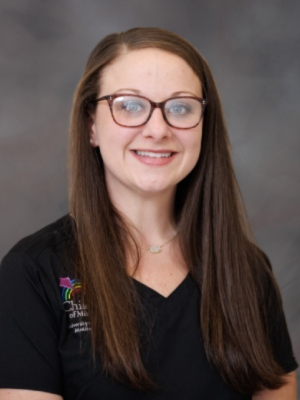
Dr. Nikki Cowan, nursing director of Children’s of Mississippi’s inpatient units, said the Dorseys are nothing short of “amazing.”
“They are both incredibly passionate about the care they provide, and our hematology and oncology patients are so blessed to have them as their nurses.”
Elaine Hobson, shift supervisor on the floor dedicated to hematology and oncology patients, cared for Logan and Erin in their childhood. Now she’s their coworker.
“When they both first worked as student nurse externs, it was surreal,” Hobson said. “When they were younger, they would say that they wanted to be nurses working on the hematology and oncology floor. I always told them that they could do it, and they did it! They have a caring spirit and compassion for their patients. I’m amazed to see them take care of patients with their disease and for them to be able to encourage those patients because of their journey.”

Logan, a 19-year-old college freshman when she received her bone marrow transplant, “disliked needles as much as any kid I know,” said her hematologist, Dr. Melissa McNaull, professor of hematology and oncology. “I think her own experiences as a patient help her identify with our kids and adolescents and help them understand that they may not want to take their medicines, but if they take the few minutes each day to do the deed, they can stay healthier.”
Logan and Erin say their experiences with sickle cell shaped them as nurses and influence the care they provide for patients with the condition.
“It makes me think of the little things that can make a patient’s experience better,” Logan said. “If taking blood pressure in the arm is painful, I’ll ask if they’d like it taken in their leg instead. I keep heat packs on deck. I pick up on what they are feeling and think about how I felt when I was a patient.”
Giving patients autonomy helps them cope, Erin said.
“I know that it is hard when you are in a situation that you have no control over,” she said. “I try to allow patients to make their own decisions on things they can control like in what order they want to take their medicine or what time they would like to take their laps around the unit. Being able to speak for yourself and have some control over your medical care is very important when living with a chronic disease.”
Providing that care, Logan said, “is a dream come true.”
Erin agrees, saying their sickle cell experience gives them a way to connect with patients.
“Because of my experience, I can relate to patients and share my story with them,” she said. “Parents of children who have sickle cell tell us our story gives them hope.”
Erin and Logan both credit their faith for seeing them through challenges and helping them reach their goal of caring for others.
“We want to thank God for continuously covering us and our family,” Erin said. “Our faith is a big part of our journey, and our faith is what allowed us to fight.”
Logan agreed. “It is because of his grace and mercy we are able to care for other children and their families today.”


